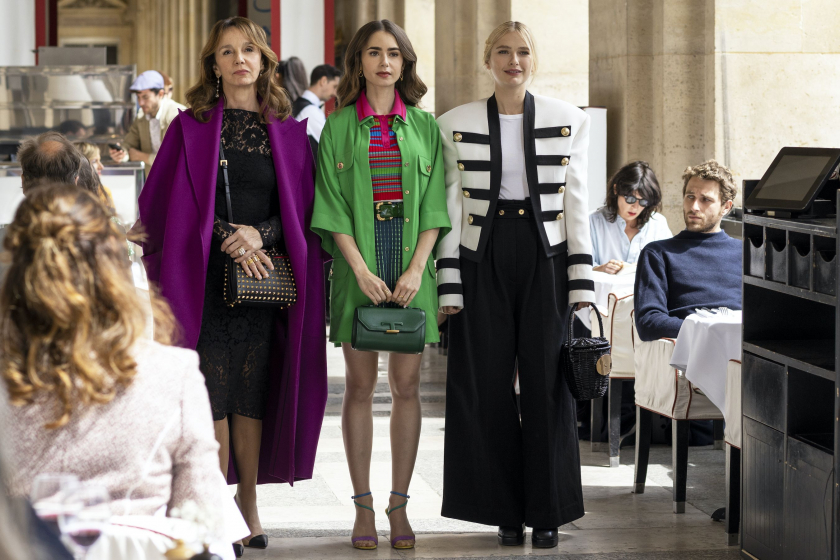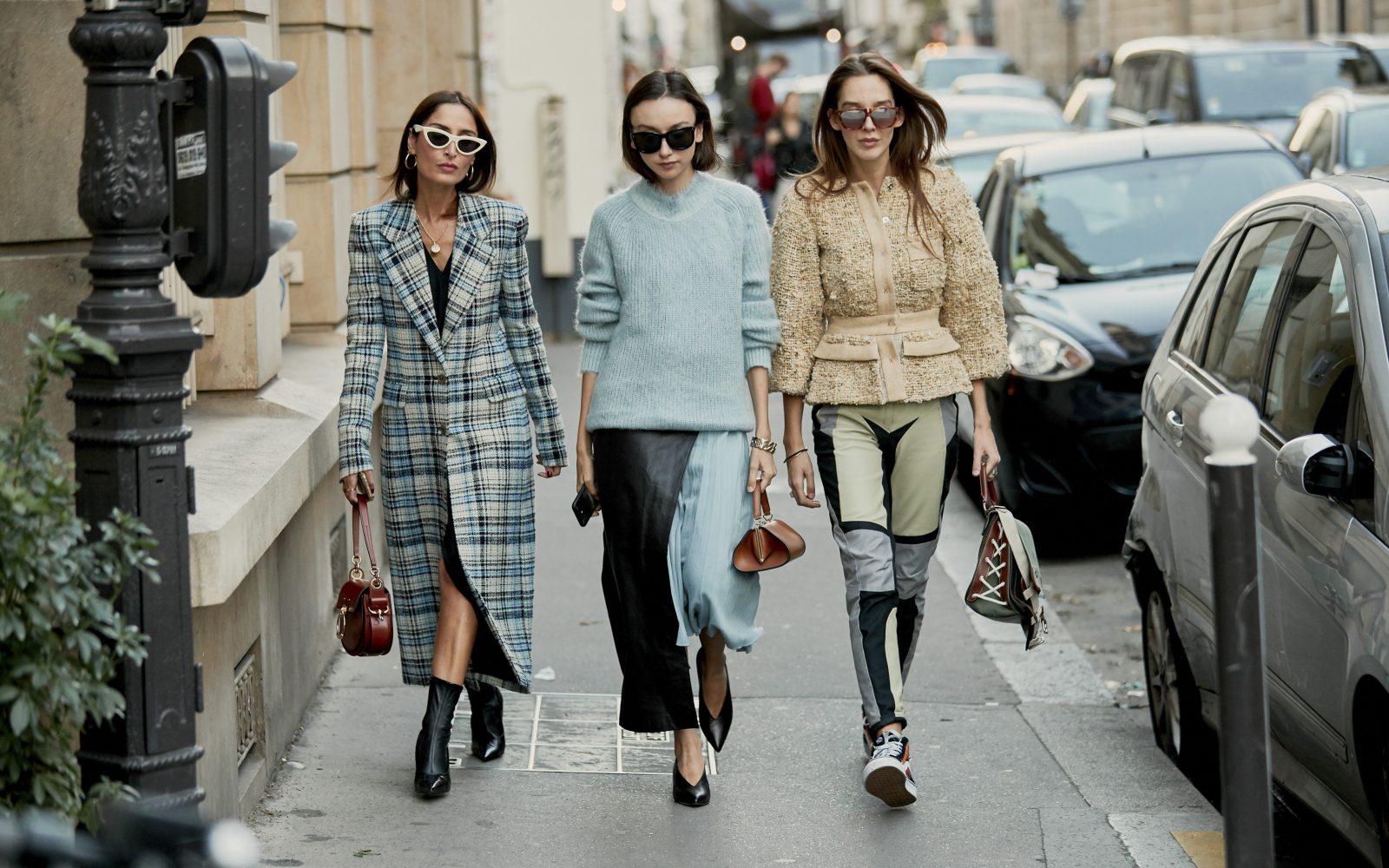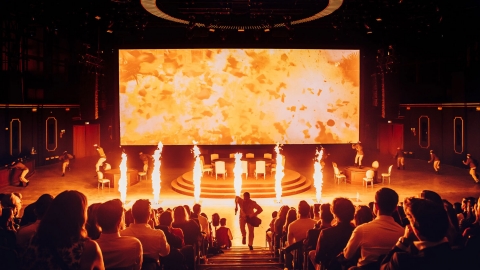There is no denying that fashion is a great way to express personal identity, especially for young people in modern society. Therefore, many people find joy in exploring different fashion styles, both to satisfy their curiosity and to find a form of self-expression.
Fashion can represent not only the individual but also the identity of a culture. It is not surprising that people all over the world take pride in their traditional costumes, and bring them to the international community through important events and competitions.
From there, the relationship between time and tourism was formed. Many countries use costumes as the focus to attract tourists interested in their culture and traditions. So how are they doing it?
Tourist magnet
“Fashion capital” is a term we hear about many famous big cities in the West. In fact, it is part of a regional branding strategy in which a city is associated with trendy, diverse and innovative fashion styles.

Fashion style in the movie Emily in Paris
Mentioning Paris is mentioning the French quality that is both classic, romantic and modern. Famous TV series, typically Emily in Paris, have contributed to building the image of a diverse fashion kingdom with a strange attraction through the image of characters such as Emily with colorful, stylish outfits, Sylvia with elegant, modern style, or elegant like Antoine or youthful and basic like Gabriel. It is not for this reason that people everywhere flock to Paris, wearing the most beautiful outfits to walk among the giant, light-filled avenues or take pictures with the immortal symbols of a "fashion city".
In Europe, almost every major city has areas that concentrate the most famous fashion brands such as Chanel, Dolce & Gabbana, Ralph Lauren to familiar names like H&M, Mango, Zara... These neighborhoods are often located in the center and are always bustling with people passing by, shopping, taking pictures, no less than famous landmarks.

Fashion streets are places that attract many tourists.
In addition, organizing a series of Fashion Weeks such as New York Fashion Week, or bustling festivals such as Carnival in Venice (Italy) is also a way to attract tourists from all over to experience the culture and fashion of a locality. Recently, the Vietnam International Fashion Tour event is also taking place in a series of major cities and provinces to bring the beauty of Vietnamese fashion and culture closer to domestic and foreign tourists, while promoting the tourist areas it passes through.
More than just shopping
Contrary to popular belief, fashion tourism does not have to stop at shopping. One can fully experience a culture’s fashion through a variety of fun activities.

Fashion weeks in big cities are always vibrant and colorful.
Participating in Fashion Weeks is a familiar way to get a panoramic view of fashion. At famous shows held continuously in Paris, Milan, New York..., people can not only admire trendy collections but also watch the "performances" of fashionistas on the red carpet, the artistic atmosphere outside the catwalk in colorful cities. Of course, to attend these events, you need to have an invitation or spend a large amount of money to buy tickets. Besides, there are also many public and free events that become part of the local culture such as the Rio Carnival in Brazil or Italy.
For those interested in learning about the history and evolution of fashion, museums are the ideal places to visit during your travels. From displays and information systems compiled by topic, you can explore and research costumes, materials, jewelry, prominent trends in history and much more. Some museums that stand out with the theme of fashion include The Fashion and Textile Museum, The Fashion Space Gallery in London, Palais Galliera in Paris...

The Fashion and Textile Museum in London is an attraction for thousands of tourists.
Finally, the fashion experience can be as simple as immersing yourself in the local people’s lifestyle, observing how each ethnic group dresses in their daily clothes. Surely, you will somehow feel the interesting features in culture and customs. That is what makes the trip attractive.


































